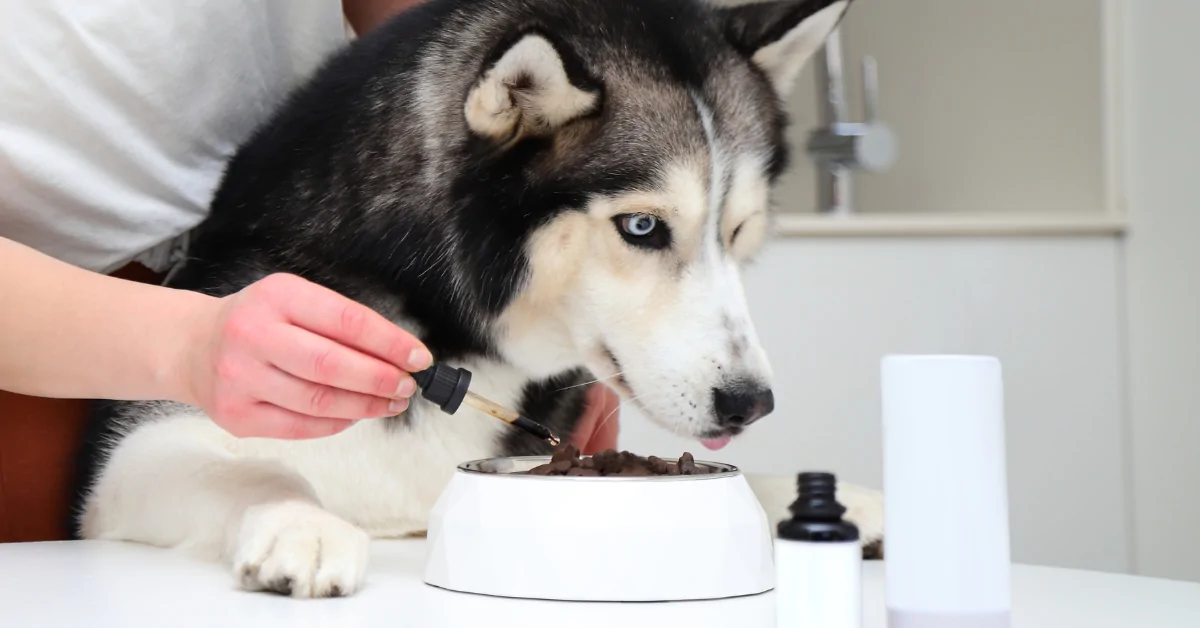Can you imagine how silly you’d feel if you walked close to an animal that, instead of attacking you when it got scared…instead…it just made you smell badly?
Now imagine how silly your dog would feel, when, after that happened, she had to get thoroughly scrubbed down as if she was at a car wash.
Walking up to a skunk is a lose-lose game for you and your dog. But, with the help of our short guide, you at least won’t have to worry about smelling badly for too long!
Why Do Skunks Spray?

Interestingly, some male skunks have been observed to also spray other male skunks in competition for mates – sort of like a reverse cologne with which they sabotage the other male.
Moreover, spraying is Not their go-to for defense.
In fact, skunks give a variety of warnings that they’re about to unleash their spray before actually doing it. If they feel threatened, skunks may begin hissing or even stomping their feet to deter potential predators (though, we must admit, this looks adorable).
This idea of skunks intentionally trying to prevent spraying may seem surprising. After all, common perception paints them as easily frightened, trigger-happy critters.
But, in actuality, skunks try to prevent spraying as much as possible because replenishing their spraying liquid can take almost ten days! In that time, they would be highly vulnerable to predators, so it’s in their best interest to refrain from unnecessarily dousing other animals.
How to Avoid Getting Sprayed by a Skunk

It’s just that straightforward.
Since they’re not predatory creatures to humans and other large animals, skunks aren’t going to seek you out. Instead, you’re much more likely to encounter one unintentionally either in the wild or in your backyard.
To stay safe during that unlikely close encounter, just remember to respect them from a distance and learn how to recognize the warning signs of an impending spray that we discussed above.
Fortunately, we don’t really need to tell you to not mess with skunks. Most people know that skunks will ruin their day (or week). So they don’t try to get too friendly with them.
Dogs are a different story. Having been domesticated for thousands of years, most modern dogs have lost their innate understanding of how bad of an idea it is to get close to a skunk.
Instead, many dogs see a long, shiny, white tuft of hair with four stumpy black legs scurrying around their yard and have the immediate reaction to walk right up to it or chase it!
The skunk will then try its best to warn the pup about how bad his day is going to get, but, to no avail.
Then, the skunk will turn around, lift its tail, and…well, you know the rest.
You know what they say: those who fail to plan, plan to fail.
The same can be said about trying to minimize the chance of an encounter between your dog and a skunk.
Don’t leave food outside
There is one big, easy tip we have for achieving this goal: don’t leave any food outside. Honestly, this is good advice for keeping any animals away from your property, but it’s especially good for deterring skunks from meandering into your yard.
As nocturnal animals, skunks spend much of their nighttime activity hunting and foraging for food. Don’t give them reason to believe your yard has food in it. Then you’re not likely to give them a reason to mozy on in.
However, even if you secure all your food, sometimes a rogue skunk might still wander into your yard and encounter your dog.
If that happens and your dog does get sprayed by a skunk, don’t fret; skunk spray isn’t toxic or inherently harmful (unless ingested). It’s just unbelievably awful smelling.
Luckily, you won’t have to hang around that terrible scent for too long.
What to Do if Your Dog Has Been Skunked
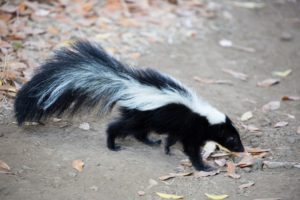
Keep Your (Skunked) Dog Outside
First thing’s first: do not let your dog walk inside after they’ve been skunked. Trust us: you do not want that smell to enter your home. The smell will penetrate every inch of your house for a really LONG time.
Check your Pup for Injuries
While skunk spray isn’t inherently harmful, an angry, threatened skunk can absolutely harm your pup. Be sure to check all over your dog’s face, neck, and body for any signs of scratches or bites. If you find any cuts or scratches, be sure to consult with your veterinarian before proceeding.
Check The Eyes
You may also notice that your dog’s eyes are red, irritated, or swollen. Unfortunately, this is a common but dangerous reaction that occurs when the sulfur inside of skunk spray makes contact with the lining of dogs’ eyes. If you notice any of the above symptoms, immediately flush your dog’s eyes out with cool water or a veterinarian-approved eyewash product.
However, if you believe your dog was sprayed directly in the eyes (as opposed to merely having some spray get in their eyes), seek prompt veterinarian care. Skunk spray can damage your dog’s eye’s cornea and cause temporary blindness.
First Task – Remove Skunk Spray Oil from the Fur
Besides being absolutely repulsive in smell, skunk spray is also notoriously oily. It is what allows it to cling to your dog’s fur so effortlessly.
To get the top layer of oil off their coat, use a scraping motion down their coat with dry towels to get as much oil off him as possible.
Protect The Eyes
Once that’s over, apply 1 to 2 drops of mineral oil to your dog’s eyes. This will protect their eyes from any solution that might get in their eyes.
Speaking of solutions….
Make Your own Deskunking Solution

Thankfully, you likely have most of the ingredients for a quality deskunking solution in your kitchen or laundry room! To make this solution, as described by Spruce Pets, you’ll need:
- Two, 500 ml bottles of 3% hydrogen peroxide (no stronger than 3%)
- ¼ cup of baking soda (not powder; only use baking soda for this recipe)
- Two teaspoons of liquid soap
- One quart of lukewarm water
- A clean mixing vessel like a bucket or bowl
- Mineral oil to protect your dog’s eyes
- Latex or rubber gloves
- Apron and eye goggles
- Old cloth towels
Once you’ve assembled your materials, you can make the solution. To do so, combine all of your hydrogen peroxide, baking soda, and liquid soap in your mixing vessel, adding lukewarm water as needed.
Now, you’re ready to bathe. Or, at least you need to be – the effectiveness of the solution wears off with each passing second.
Bathe Your Dog to Get Rid of Skunk Spray
Begin by massaging the solution deep into their coats. Be sure to aggressively scrub and break up any oils remaining from the spray.
To maximize the effectiveness of the solution, you may want to use a sponge, washcloth, or curry comb – really any utensil that will allow you to get up in there and do some deep cleaning.
Once you’ve scrubbed every inch of the affected area, all you have to do is leave the solution on until the odor becomes undetectable (roughly five minutes).
Oh, and make sure your dog won’t lick off any of the solution!
If the odor has faded, rinse them off with the lukewarm water, towel them dry, and voila! Your dog will smell as good as new!
If the odor persists after leaving the solution on their fur for more than five minutes, rinse them off with lukewarm water and repeat the bathing process described above. Repeat until the odor has faded.
And that’s it! Now all you have to do is try and minimize the chances of another encounter happening between your dog and a skunk in the future. Unfortunately, for some dogs, these prevention efforts will be in vain.
What can we say? Some animals just can’t help their nature and are just predispositioned to certain behaviors. Skunks’ behavior might be rummaging around your yard. For dogs, that might mean getting sprayed over and over again. For Einstein, the world’s tiniest horse, that behavior might be stealing your heart.
Learn more from Banixx Blogs
We know that, as a responsible pet parent, you want to keep your pet happy and healthy. That’s why we hope you’ll continue coming back to our blog at Banixx.com! We hope you found this article helpful. If your dog ever gets any cuts, abrasions, ear infections or hot spots, we hope you keep Banixx Pet Care in mind. Alternatively, we have a host of dog information on this page https://banixx.com/for-dogs/.
If you’re interested in how to clean up messy eye boogers or goop or maintain your dog’s nails/claws, we cover that too. Or are you interested in more quirky items? Maybe, as how long can a dog go without peeing, yep, we’ve got that covered.
Share this Post
Featured Post
Recent Posts
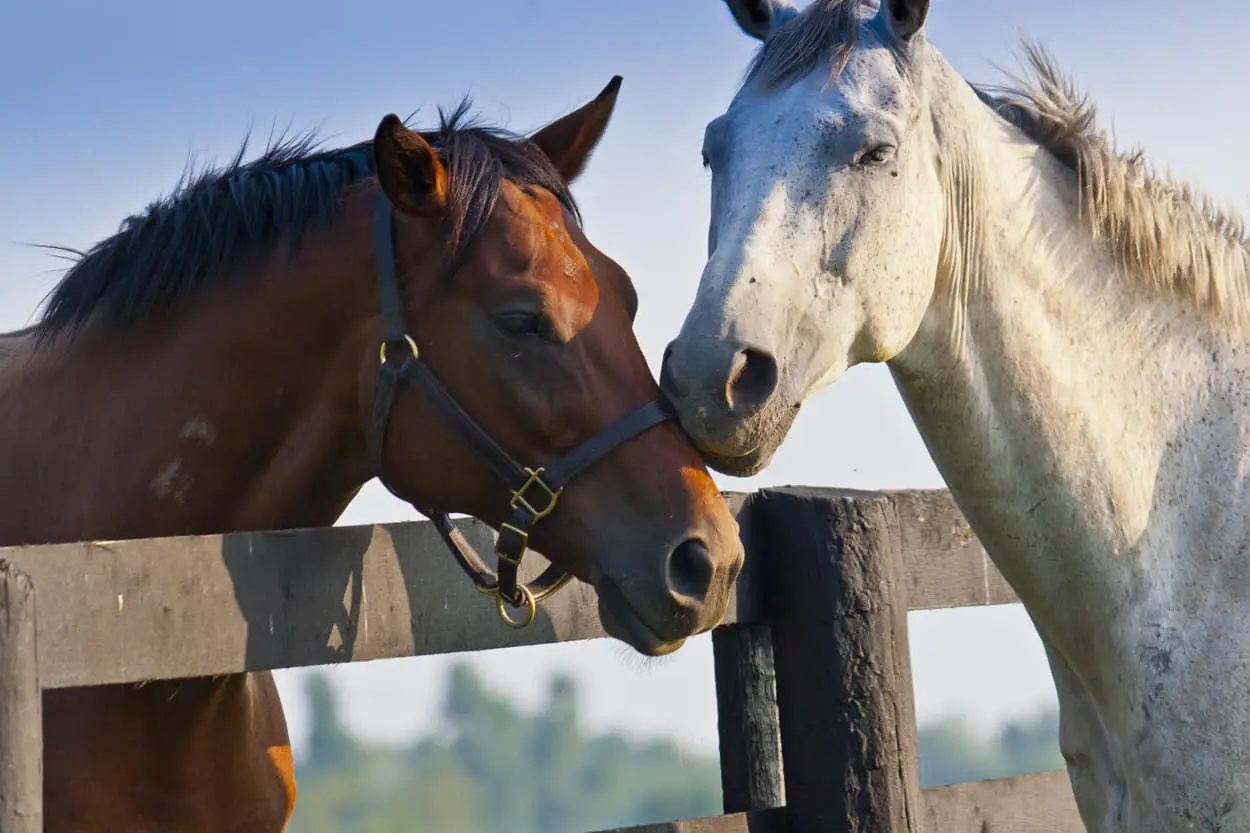
Do horse coat colors affect their behavior?
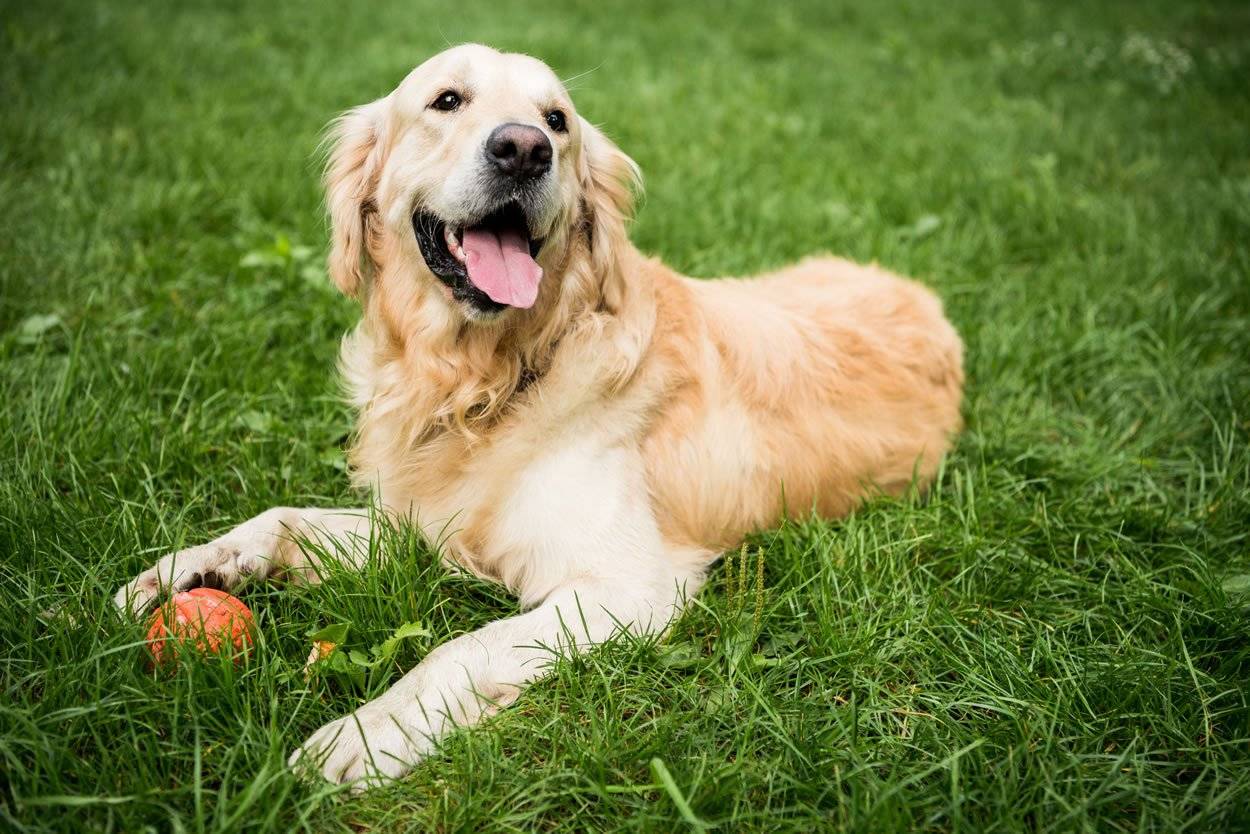
Lipomas….mysterious Lumps & Bumps on your pup…When should I worry? What should I do about them?
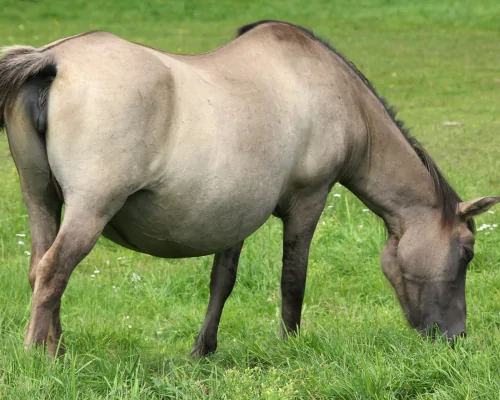
Managing the Mamas –Part 2 –The Foal development process
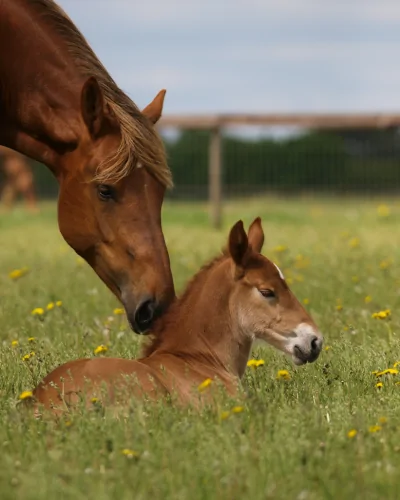
Managing the Mamas: Part 1 – Preparing to Breed Your Mare

HOW MANY TOES?? Caring for the Polydactyl Cat
